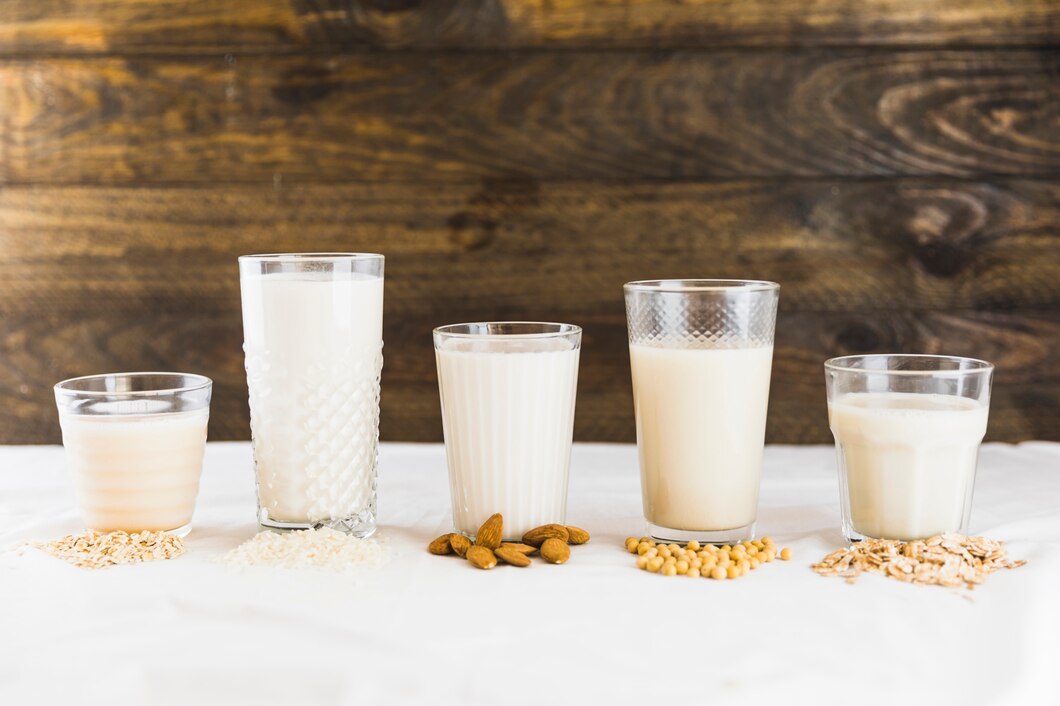Baking without traditional dairy milk doesnt mean sacrificing flavor, texture, or moisture in your favorite treats.
Here are some tips and tricks to ensure success when baking with plant-based milks.
Understand the Milk Varieties:
Different plant-based milks bring distinct flavors and textures to your baked goods.

Almond milk tends to be subtly nutty, while coconut milk adds richness.
Soy milk is often considered a versatile option with a creamy consistency.
Experiment with various plant-based milks to find the one that complements your recipe.

Choose the Right throw in:
Opt for unsweetened and unflavored plant-based milks when baking.
This allows you to have better control over the sweetness and overall taste of your final product.
Sweetened or flavored milks might alter the intended flavor profile of your baked goods.

Check Consistency:
Plant-based milks can vary in thickness.
For lighter batters, almond or rice milk might be more suitable.
Consider Fat Content:
Dairy milk contains fats that contribute to the texture and richness of baked goods.
Adjust for Nut Allergies:
For those with nut allergies, almond or cashew milk might not be suitable.
To prevent curdling, mix these ingredients gradually and at room temperature.
Temperature Matters:
When substituting plant-based milk for dairy milk, ensure that the milk is at room temperature.
Pay Attention to Flavor Combinations:
Certain plant-based milks pair exceptionally well with specific flavors.
Experimenting with these combinations can elevate the taste of your creations.
Baking with plant-based milks opens up a world of possibilities for delicious, cruelty-free treats.
So go ahead, let your creativity flow, and savor the delightful results of plant-powered sweetness.